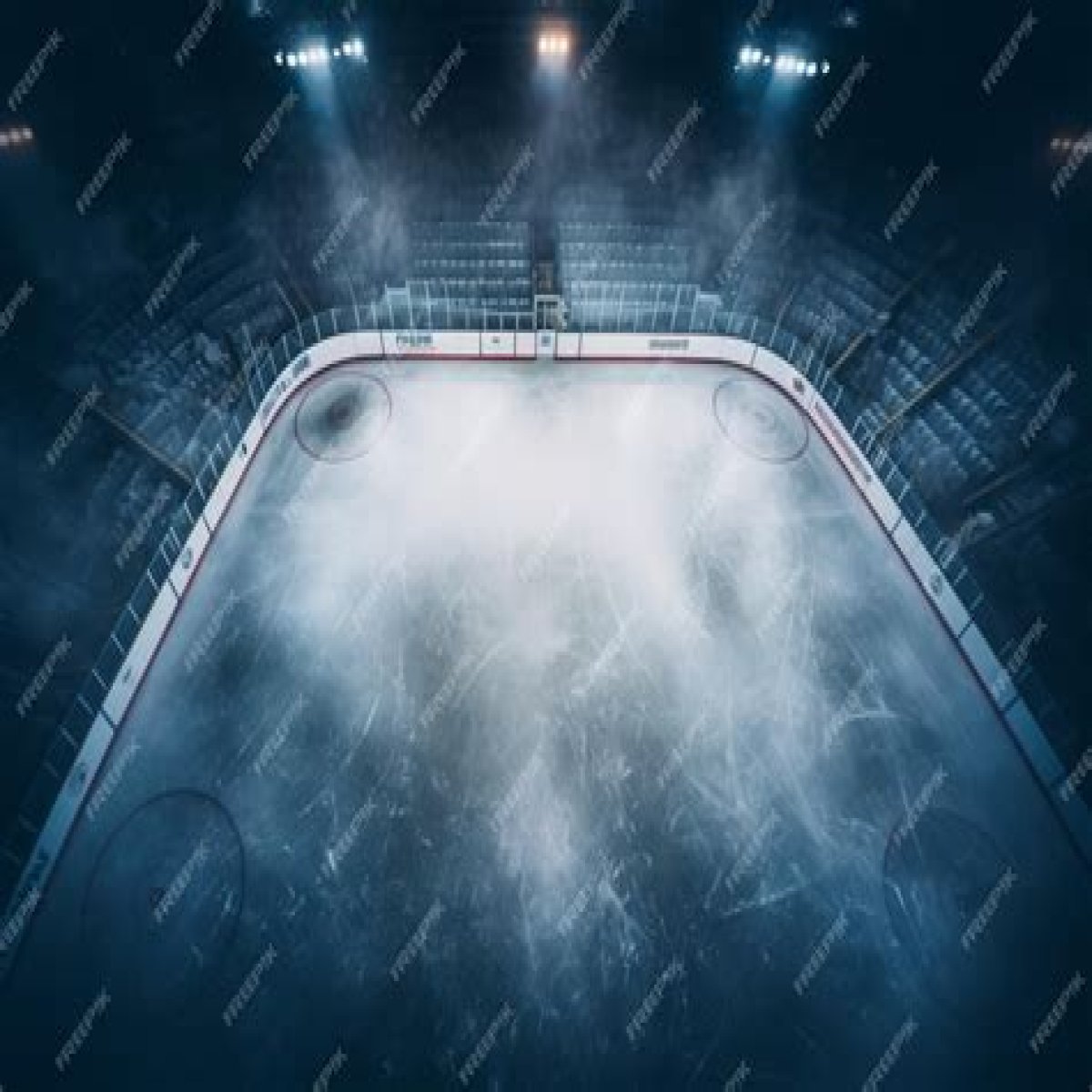Ice hockey texture is an important aspect of the game that can affect the speed, control, and accuracy of the puck. It is created by the interaction of the puck with the ice surface, and can be influenced by a number of factors, including the temperature of the ice, the humidity, and the type of ice used.
The ideal ice hockey texture is hard and smooth, with a consistent surface that allows the puck to glide easily. This type of ice is created by flooding the rink with water and then freezing it slowly. The slow freezing process allows the water to form large crystals, which create a smooth surface. The temperature of the ice is also important, as warmer ice is softer and slower than colder ice.
The humidity of the air can also affect the ice hockey texture. When the air is humid, the ice surface can become wet and sticky, which can slow down the puck. To prevent this, rinks are often dehumidified to keep the air dry.
The type of ice used can also affect the texture. Natural ice is harder and smoother than artificial ice, but it is also more expensive to maintain. Artificial ice is made from frozen water that has been treated with chemicals to make it harder and more durable. It is less expensive to maintain than natural ice, but it is not as smooth.
Ice hockey texture is an important aspect of the game that can affect the speed, control, and accuracy of the puck. By understanding the factors that affect ice hockey texture, you can create the ideal ice surface for your game.
ice hockey texture
Introduction
Ice hockey texture is a crucial element that influences the overall gameplay and performance of players on the ice. It encompasses various aspects, including ice hardness, surface smoothness, and consistency, which significantly impact the puck's movement, speed, and control.
Key Aspects
- Ice Hardness: Refers to the firmness of the ice, affecting the puck's speed and bounce. Harder ice results in faster puck movement, while softer ice slows it down.
- Surface Smoothness: Indicates the evenness of the ice surface, impacting the puck's control and predictability. A smooth surface allows for precise puck handling, while a rough surface hinders control.
- Consistency: Relates to the uniformity of the ice texture across the rink, ensuring fair and consistent gameplay. Variations in ice texture can lead to unpredictable puck behavior.
Discussion
The interplay of these key aspects directly affects the game's pace, strategy, and skill level. Harder ice promotes faster-paced gameplay, allowing players to execute quick passes and shots. Conversely, softer ice demands more physical effort, favoring teams with stronger puck possession and skating abilities. Surface smoothness, on the other hand, influences puck handling and passing accuracy. A smooth surface enables players to maintain control of the puck, facilitating intricate plays and creative puck movement. Consistency in ice texture ensures that all players have an equal opportunity to perform, preventing any unfair advantages or disadvantages.
Explore the connection between "ice hockey texture" and other relevant topics
- Puck Handling: The texture of the ice directly impacts a player's ability to control and handle the puck effectively.
- Skating Performance: The hardness and smoothness of the ice influence skating speed, edgework, and overall player mobility.
- Player Safety: Consistent ice texture minimizes the risk of injuries by providing a predictable and stable playing surface.
Conclusion
In conclusion, ice hockey texture plays a pivotal role in shaping the dynamics of the game. By understanding and manipulating these key aspects - ice hardness, surface smoothness, and consistency - teams and players can optimize their performance, enhance the overall quality of gameplay, and ensure a fair and enjoyable experience for all.
FAQs on Ice Hockey Texture
This section provides answers to frequently asked questions (FAQs) on ice hockey texture, offering valuable insights into its importance and various aspects.
Question 1: What is the optimal ice hockey texture?
The ideal ice hockey texture is hard, smooth, and consistent. Hard ice allows for faster puck movement, while a smooth surface provides better control and predictability. Consistency ensures a fair and uniform playing surface for all players.
Question 2: How does ice hockey texture affect gameplay?
Ice hockey texture significantly influences the pace, strategy, and skill level of the game. Harder ice promotes faster-paced gameplay, softer ice favors puck possession and physical play, and a smooth surface enhances puck handling and passing accuracy. Consistent texture ensures fairness and equal opportunities for all players.
In summary, ice hockey texture is a crucial element that shapes the dynamics of the game, impacting puck movement, player performance, and overall gameplay quality.
Conclusion
In conclusion, ice hockey texture plays a pivotal role in shaping the dynamics of the game. The interplay of ice hardness, surface smoothness, and consistency directly affects the puck's movement, speed, control, and overall gameplay experience. Understanding and manipulating these aspects allows teams and players to optimize their performance and enhance the quality of the game.
The quest for the optimal ice hockey texture is an ongoing pursuit, with rink managers and ice technicians constantly experimenting with different techniques and technologies to create the ideal playing surface. As the sport continues to evolve, so too will the importance of ice hockey texture, ensuring that players and fans alike can enjoy a fast, fair, and exciting game.
Absolutely Stunning: Explore The World Of 818 Art PhotographyUnderstanding Monica Aspe: Global Health Advocate And EconomistWitness The Timeless Voice: Peggy March Embarks On A Captivating Tour
Ice Hockey Backgrounds Wallpaper Cave
Ice Hockey Wallpapers Wallpaper Cave
